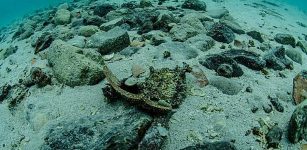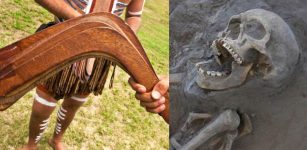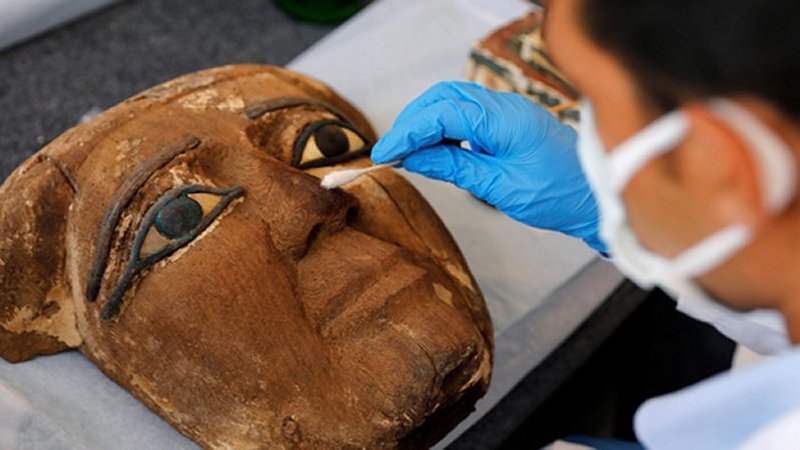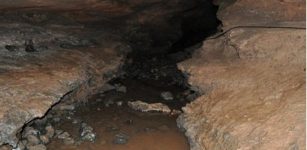Lapita Were The First People To Penetrate Remote Oceania – Colonization Of Tonga Took No More Than Two Generations
MessageToEagle.com – The Lapita were the first people to penetrate Remote Oceania. Between 1200 and 1000 BC they spread rapidly from Melanesia to Fiji and West Polynesia, including Tonga and Samoa.
Settlers and explorers travelled across an expanse of the western Pacific in only 5-10 generations.
It only took a generation or two for the first settlers of Polynesia to spread from their original colonisation site in Tonga, a new study has found.
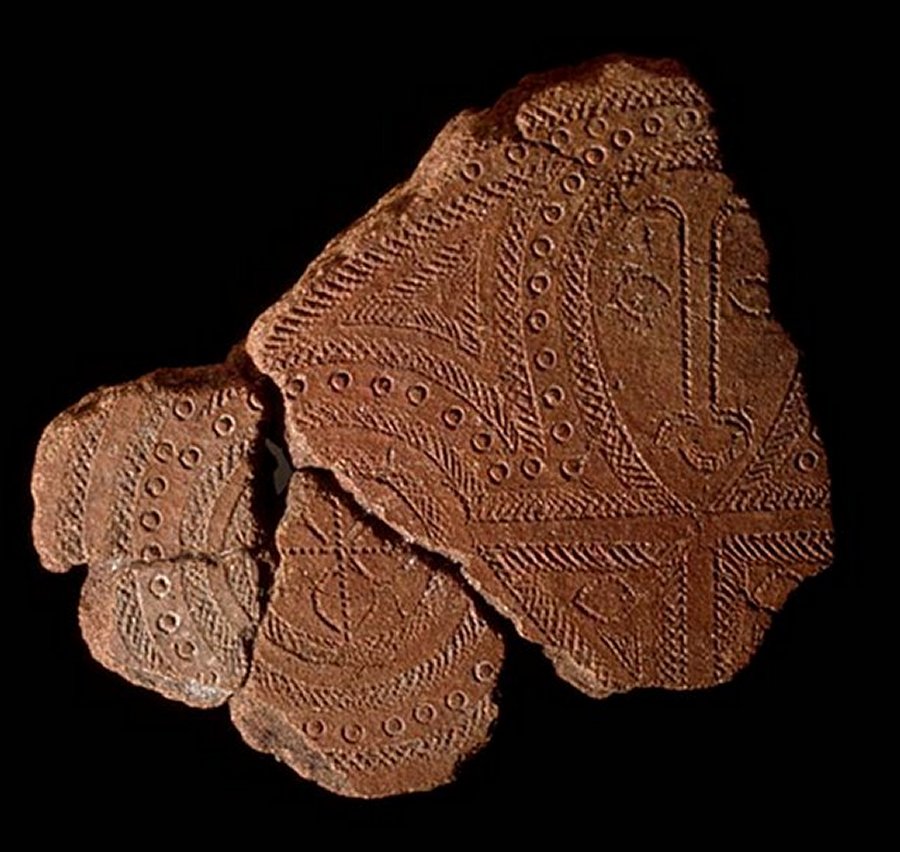
The rapid spread could have been driven by resource depletion and sibling rivalry, says archaeologist Professor Marshall Weisler of the University of Queensland.
“We now have a precise chronology for the settlement of Tonga and the radiating out and occupying the islands of Tonga,” says Weisler.
“Within one human generation or so the first settlers explored the rest of the archipelago and put down additional daughter communities.”
In 2012, Weisler worked with Professor David Burley of Simon Fraser University to establish that the first humans to colonise the Pacific arrived at Nukuleka, on the Tongan island of Tongatapu, around 2838 years ago.
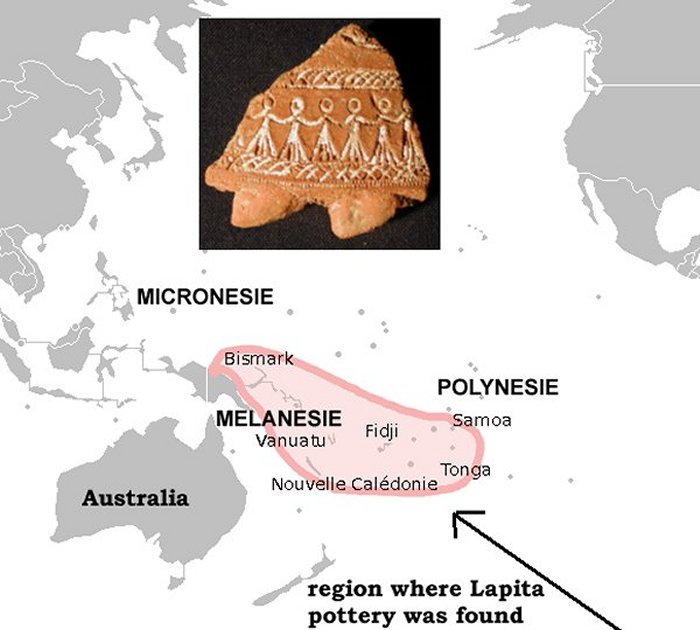
Their conclusions were based on uranium isotope dating of coral abraders used by the Lapita people to make fish hooks, ornaments and tools,’ according to an article in ABC Science.
Now, in a paper published in PLOS ONE, Weisler and colleagues have got a picture of how long it took the Lapita to spread to other islands in Tonga, and how long daughter populations stayed in touch with the founder population.
The researchers dated 65 samples (including coral abraders, animal bones, shell tools and charcoal from ovens) from 20 Lapita sites across the Tongan archipelago. They combined uranium- and radiocarbon-dating techniques in a so-called ‘Bayesian model’ to get the most precise chronology of early Polynesian movement. The chronology was also aided by an analysis of pottery styles, which changed over time.
Rather than taking hundreds of years before occupying the rest of Tonga, the findings suggest it only took the early settlers 20 or 50 years.
“The process of settlement is far more rapid than we thought before,” he says. “It’s generational.”
Weisler says archaeological evidence suggests that there was some depletion of resources at the original site, which could have been one reason why some people went in search of new homelands.
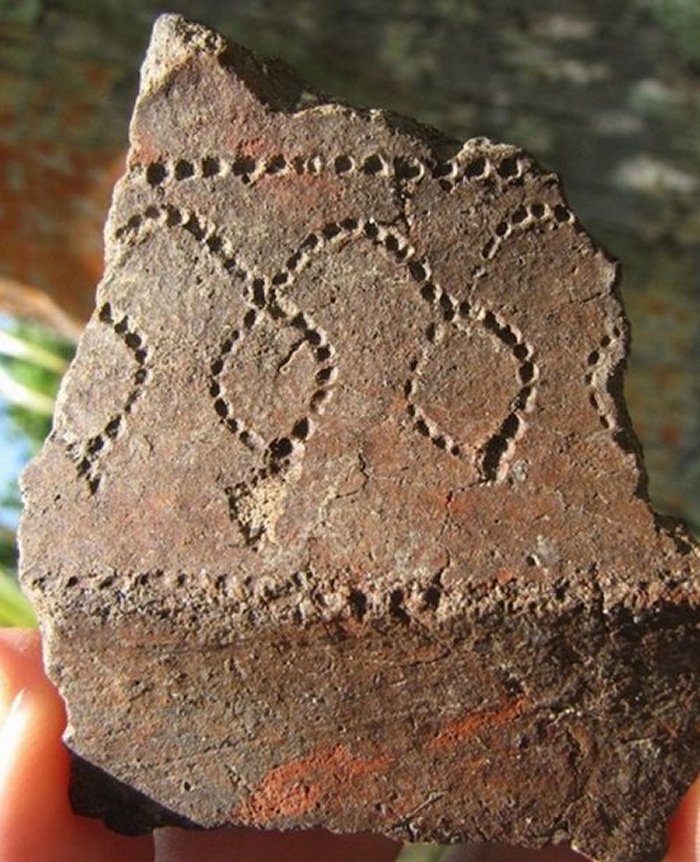
But, he says, sibling rivalry could possibly also have contributed to the split.
“In Polynesian societies, the first-born male inherits the good stuff. They become the head of their lineage in time, they inherit property,” says Weisler. “If you’re second-born it’s not good because you don’t get any of these things. This creates a tension between siblings.”
Weisler says another factor is the Lapita’s long-standing tradition of seafaring. In other words, they may have dispersed just because they were adventurers.
In a separate study Weisler and colleagues have found evidence that daughter populations in other parts of Polynesia tended to stay in contact with their parent population for about 300 years before breaking off completely.
The findings are a result of analysing the chemical fingerprints of stone adzes, which were essential tools for early Polynesians.
Weisler and colleagues now plan to investigate reasons for the break off between daughter and parent communities.
MessageToEagle.com



